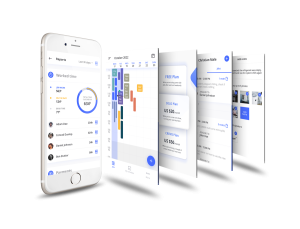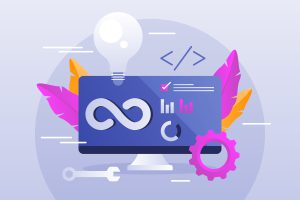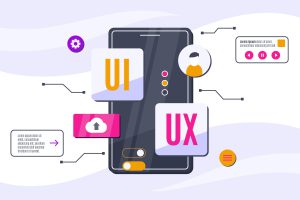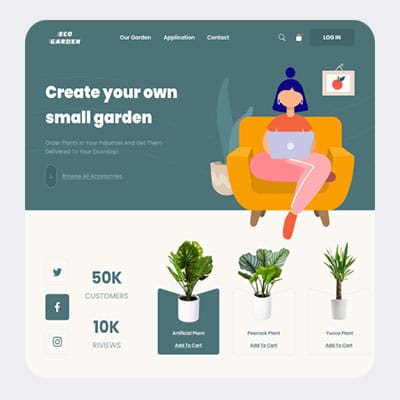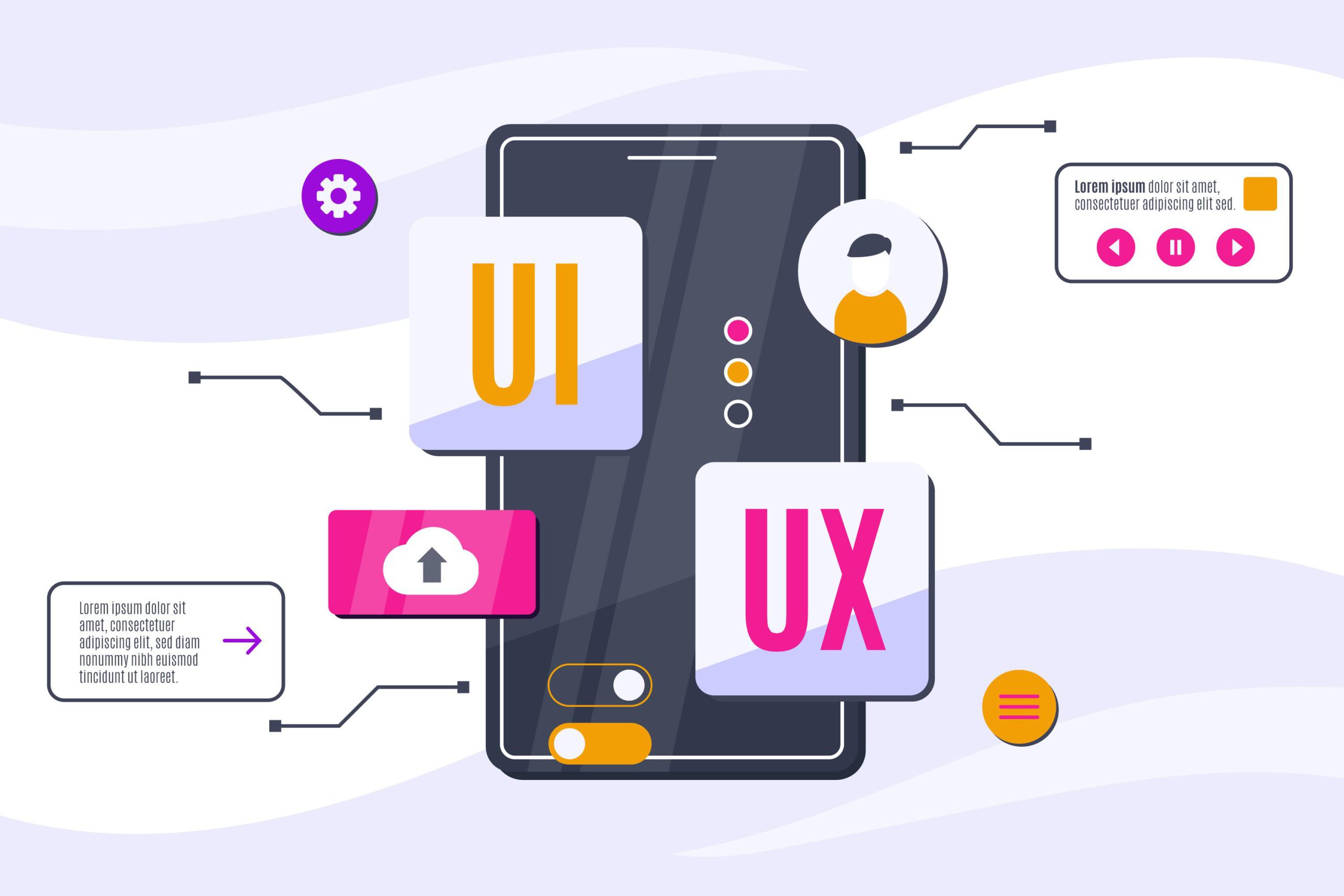Imagine this scenario: you download a new app that promises to make your life easier. However, as soon as you open it, you’re greeted with a cluttered interface, confusing navigation, and slow loading times. Frustrating, right? That’s where UX design comes in. UX design focuses on creating seamless and enjoyable experiences for users, ensuring that they can navigate through the app effortlessly and achieve their goals with minimal friction.
When UX design is prioritized in software development, it can lead to increased user satisfaction, higher retention rates, and ultimately, more successful applications. By understanding the needs and behaviors of users, UX designers can create interfaces that are intuitive, visually appealing, and user-friendly. In today’s competitive digital landscape, delivering a top-notch user experience is no longer a bonus – it’s a necessity.
The Human-Centered Approach
At the core of UX design is the human-centered approach, which puts the needs and preferences of users front and center. Instead of focusing solely on the technical aspects of software development, UX designers take a holistic view of the user experience, considering factors such as usability, accessibility, and emotional engagement.
By conducting user research, creating personas, and testing prototypes, UX designers ensure that the final product meets the needs and expectations of the target audience. This human-centered approach not only leads to more successful applications but also fosters a deep connection between users and the brand. After all, who wouldn’t want to use an app that feels like it was tailor-made just for them?
The Impact on Business Goals
Now, you might be thinking, “Okay, UX design sounds great for users, but how does it benefit businesses?” Well, buckle up, because here’s where things get interesting. A study by Forrester Research found that every dollar invested in UX design can result in a return of up to $100, showcasing the significant impact that user experience can have on business goals.
By improving user satisfaction, reducing support costs, and increasing conversions, UX design can directly contribute to the bottom line of a company. In today’s digital economy, where customer experience is the new battleground for businesses, investing in UX design is not just a smart move – it’s a strategic imperative that can drive growth, increase brand loyalty, and set you apart from the competition.
The Evolution of UX Design
As technology continues to evolve at a rapid pace, so does the field of UX design. Gone are the days of one-size-fits-all interfaces – today’s users expect personalized experiences that adapt to their preferences and behaviors. This has led to the rise of responsive design, interactive animations, voice interfaces, and other innovative solutions that push the boundaries of user experience.
In addition, the growing emphasis on accessibility and inclusivity has prompted UX designers to adopt more inclusive design practices, ensuring that digital products are usable by people of all abilities. With the rise of artificial intelligence, machine learning, and other emerging technologies, the future of UX design is bound to be even more exciting, challenging, and full of possibilities.
The Role of Collaboration in UX Design
UX design doesn’t happen in a vacuum – it requires collaboration between designers, developers, product managers, and other stakeholders to create a cohesive and effective user experience. By working together as a multidisciplinary team, each member can bring their unique perspective and expertise to the table, leading to more innovative solutions and better outcomes.
In an agile development environment, where speed and flexibility are key, collaboration becomes even more crucial. By involving UX designers from the early stages of the product development process, teams can iterate quickly, gather feedback, and make informed decisions that align with user needs and business goals. Ultimately, collaboration is the secret ingredient that can elevate a good user experience to a great one.
The Psychology of User Experience
Have you ever wondered why you feel a certain way when using a particular app or website? That’s where the psychology of user experience comes into play. By understanding human behavior, cognitive processes, and emotions, UX designers can create experiences that resonate with users on a deeper level, triggering positive emotions and building trust and loyalty.
For example, the use of color, typography, and visual hierarchy can influence how users perceive information and navigate through an interface. By leveraging principles of persuasion, such as social proof, scarcity, and reciprocity, UX designers can encourage desired behaviors and drive engagement. In essence, the psychology of user experience is like a magic wand that can turn a mundane interaction into a memorable experience.
Measuring the Impact of UX Design
So, how do you know if your UX design is hitting the mark? That’s where metrics and analytics come in. By tracking key performance indicators (KPIs) such as conversion rates, bounce rates, and task completion times, you can quantify the impact of your UX design efforts and identify areas for improvement.
In addition, user testing, heatmaps, and session recordings can provide valuable insights into how users interact with your app or website, pinpointing pain points and opportunities for optimization. By combining qualitative and quantitative data, you can make informed decisions that drive continuous improvement and ensure that your user experience stays top-notch.
The Future of UX Design
As we look to the future, one thing is clear – the role of UX design in software development is only going to become more important. With the rise of new technologies, changing user expectations, and evolving business strategies, the need for user-centric, innovative, and seamless experiences will continue to grow.
By embracing principles of human-centered design, collaborating across disciplines, understanding the psychology of user experience, and measuring the impact of UX design, companies can create products that not only meet user needs but delight and inspire them. So, whether you’re a seasoned UX designer or just dipping your toes into the field, remember that the power of user experience lies in your hands – and the possibilities are endless.

